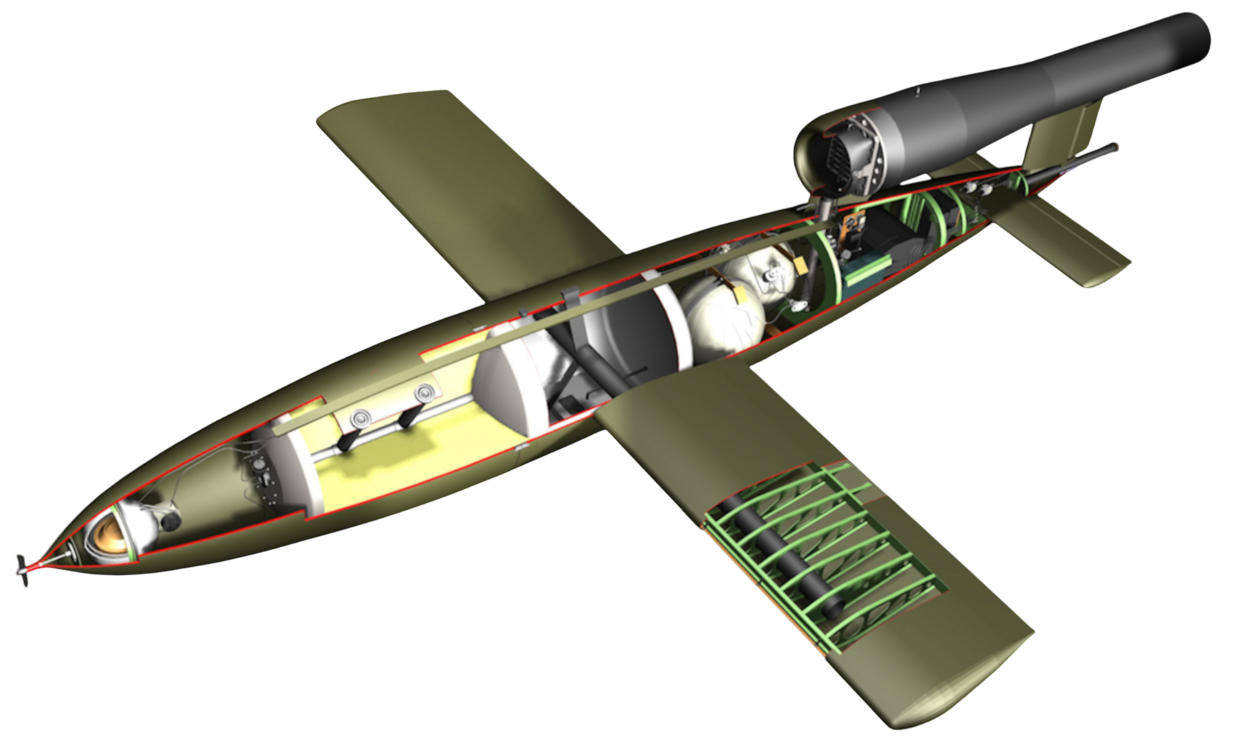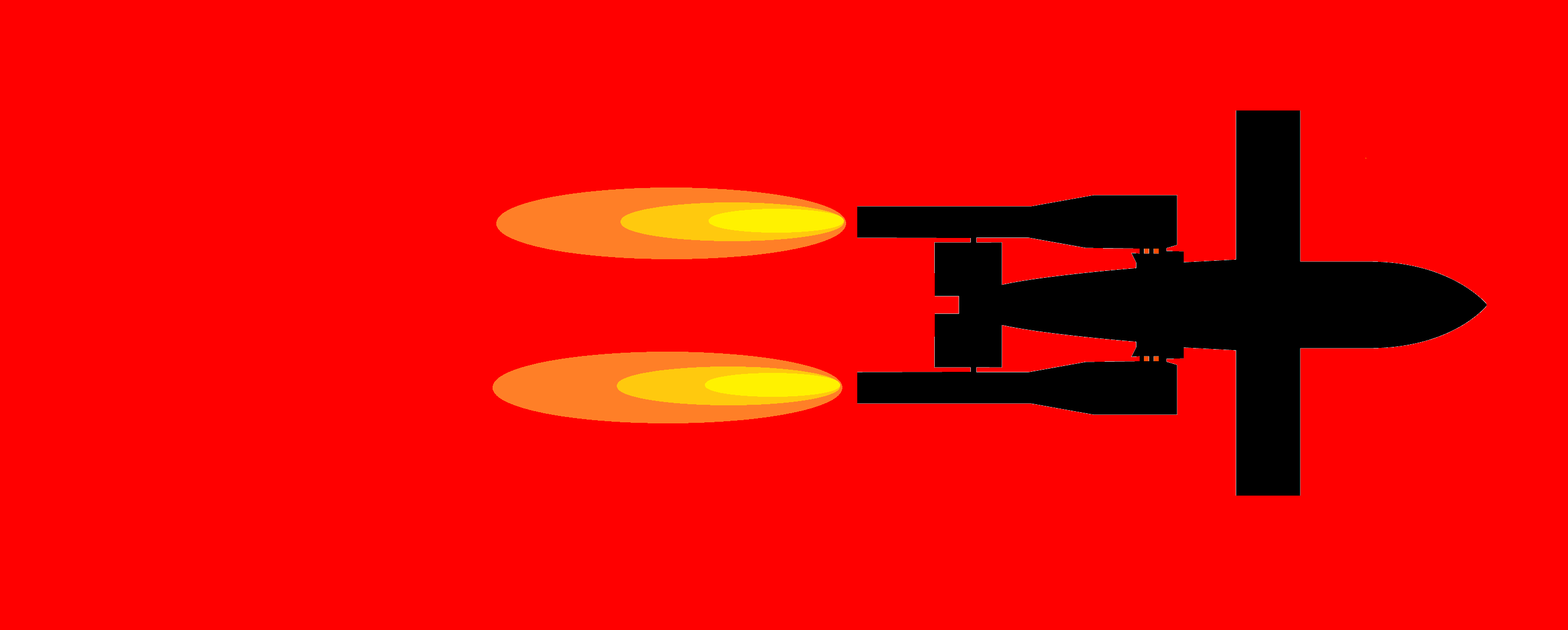FAQ


Simulate pulsejet engine? But if something doesn't work?
Then we'll help. But first, take a look for yourself - perhaps the answer to the question and the solution to the problem can be found on this page.
Indeed, the free trial version of the program uses default values for some parameters. Their values are displayed in the corresponding input data field. See if your engine has this parameter close to it, and you can leave it as is. If not, you'll have to buy a subscription. But while the test mode continues, all functions of the program are free.
The free version has certain limitations on the program's functionality. Despite this, you can calculate almost everything with it. However, some modes require additional resources, so we've transferred the ability to use them to the professional version. For example, if you don't need parametric studies of your engine, as well as their graphical representation as a dependence of the output parameters on changes in the selected size or parameter, then you can get by with the free version. Otherwise, you'll have to buy a subscription. But it's inexpensive. But while the test mode continues, all functions of the program are free.
You can set these parameters in the professional version of the program. You can also set a parametric calculation of the altitude-speed characteristic in the professional version. After purchasing a subscription, these functions will become available through your personal account. But while the test mode continues, all functions of the program are free.
This means that with a given combination of sizes, the program cannot provide a stable calculation. Most likely, an engine with such dimensions is physically inoperative. However, this requires verification and clarification. Try changing the engine dimensions and repeating the calculation several times with different values. Go back to the default values and check how much your engine differs. If it still doesn't work, we recommend that you contact us and send a detailed description of the problem – we will simulate it and be able to find a solution.
If the engine dimensions are set incorrectly, such an engine will not have self-oscillation mode in cycle. On the contrary, the initial impulse from the ignition of the fuel-air mixture will fade into weak high-frequency oscillations or even a line. Return to the default parameters, check the program operation and the result, then try to set the dimensions close to or proportional to the default dimensions. As soon as a stable self-oscillation mode is achieved, then change the dimensions gradually without sharp deviations.
This is a completely obvious process. In the first cycles after start, the initial conditions still affect the cycle parameters. However, from cycle to cycle, their influence should decrease, which will indicate a stable process of self-oscillations and the correctness, in general, of the results obtained. Usually, after 5-7 cycles, the difference between the parameters becomes insignificant, and you can stop the calculation. However, if the difference begins to increase, this may indicate instability of the solution. In this case, we recommend contacting us, providing the initial data and results - we will look and find a solution, if necessary, eliminate the error.
The parametric study mode, including a graphical representation of the results, is provided in the professional version of the program. In the free version, you can simply change the length of the pipe, record the result each time, and then plot the graph yourself.
On the contrary, you should not trust anything, because no model can completely replace a physical object. The program was developed based on the physical principles of non-stationary gas flow with periodic heat supply to it, which is embedded in the main equations of the model describing these processes. At a certain ratio of sizes, the program itself switches to self-oscillation mode, and these sizes are, at a minimum, close to real ones. We consider this a confirmation of the reliability of the model. However, since the model cannot fully describe all the features of the real process, some deviations of the output parameters from the real ones are possible. In addition, when debugging the program, we could not check our model for absolutely all types and types of engines of different sizes – it is quite possible, and even most likely, that some processes in the model still require clarification and revision. Therefore, we would be very grateful if you could send us your initial data and show the difference between the calculated and actual results – this will help us improve the model and the program to make the simulation results more reliable.
This discrepancy can be due to many reasons. On the one hand, the conditions and modes during measurement and calculation may be different. It is necessary to check this and, if necessary, make appropriate adjustments to the initial data. On the other hand, the program is built on a number of assumptions and simplifications, so it cannot fully take into account all the features of the pulsating combustion process and gas flow. At the moment, we are working on improving the algorithm so that it can better describe the working process. Therefore, if the difference is not too large, we recommend simply entering the correction factor. However, if the difference is large, please contact us, send the initial data and the result – we will analyze and see if there is an error and what can be done. Perhaps we will be able to clarify the description of the processes in model and/or program and correct the calculation algorithm.
